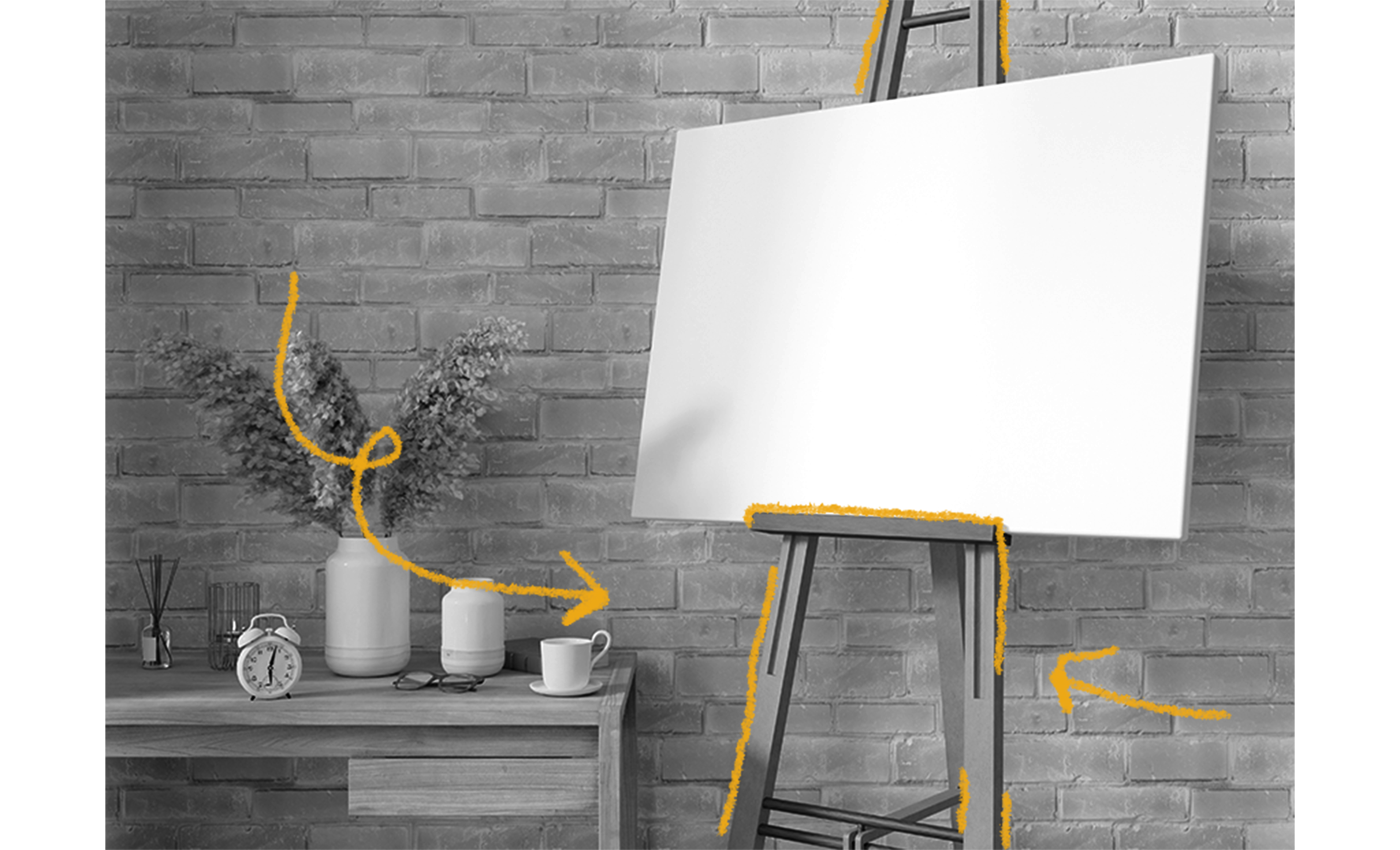The first mention of easels appears in Pliny the Elder’s famous book, Natural History, suggesting that the easel was in use in the Western world before or around the first century CE, when Pliny was writing. Easels are thought to have developed in China by the 8th century, when artist Wang Wei depicted “a contemplative scholar” using an easel-like structure. In the 12th century, Monks used illuminated easels to write their manuscripts on. In the 13th century, the need for easels spiked sharply as canvas paintings became popular. As the Renaissance progressed, the easel’s place as an artist’s staple solidified. More portable versions were created in the 15th century, and in the 17th century, easels were often very ornate and decorative. French easels, sometimes referred to as box easels, were invented in the 19th century. Notably, these allowed for en plein air painting, or painting outdoors, a practice famously established by the Impressionists. Today, easels are still used by artists to create paintings. They are also sometimes used to display paintings and other works of art in homes and museums. And of course, there are plenty of inexpensive easels marketed to children and amateur painters.

Your go-to guide for weird history facts
Subscribe to the FREE daily email that makes learning about history fun.


